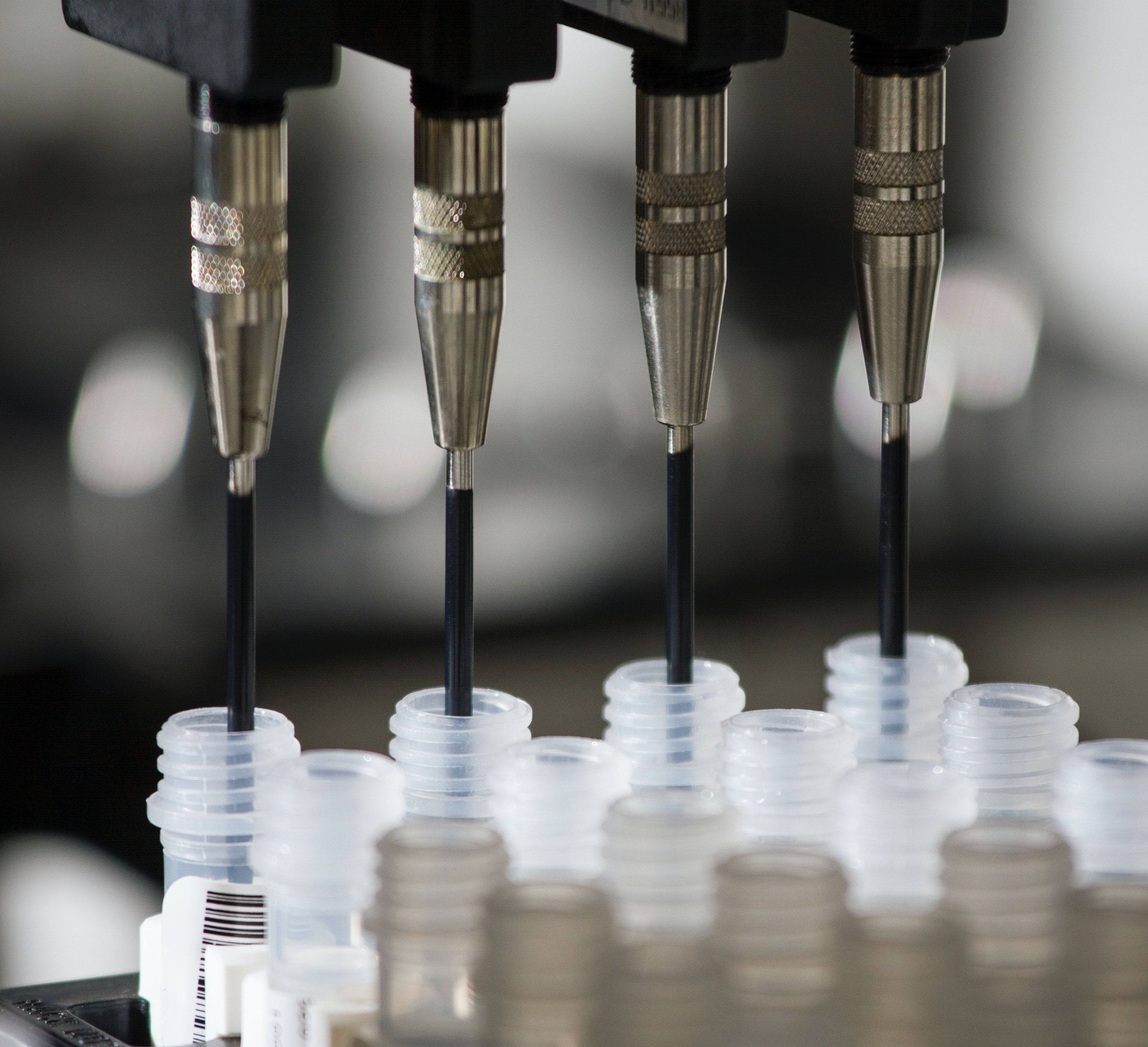Gene-Editing Therapy CTX001 Reports Durable Effects for TDT, Sickle Cell Patients
The furthest-progressed gene-edited therapy for a genetic disease reported historic efficacy data in ongoing phase 1/2 trials.

New case data from an ongoing series of clinical trials show investigational CRISPR/Cas9-based gene-editing therapy CTX001 is associated with transfusion independence in patients with transfusion-dependent beta thalassemia (TDT), as well as an absence of vaso-occlusive crises (VOCs) in patients with sickle cell disease.
The findings from the phase 1/2 CLIMB-111 and CLIMB-121 trials, presented at the American Society of Hematology (ASH) 2020 Annual Meeting this weekend, indicate the gene-editing therapy from CRISPR Therapeutics and Vertex Pharmaceuticals may be the best candidate yet for potential curative effects on TDT and sickle cell disease.
About the Therapy
CTX001 is an autologous, ex vivo CRISPR/Cas9 gene-edited therapy being assessed in patients with either TDT or sickle cell disease. It has been granted a litany of promising designations from the US Food and Drug Administration (FDA) for its potentially marketed use, including Fast Track, Orphan Drug, and Rare Pediatric Disease designations.
The gene-editing therapy edits patients’ hematopoietic stem cells to produce higher levels of fetal hemoglobin (HbF) in red blood cells, potentially reducing the need for TDT transfusions, and the risk of VOCs in sickle cell disease patients.
CLIMB-111 Trial
The ongoing phase 1/2 open-label trial is assessing the efficacy and safety of single-dose CTX001 in patients aged 12-35 with TDT.
In data presented at ASH 2020, 13 patients with TDT had been treated with CTX001, including 8 patients since investigators’ latest update in June of this year. Seven patients had reached ≥3 months follow-up after CTX001 infusion, and were included in the initial safety and efficacy analyses.
All 7 patients were transfusion independent at a post-treatment range of 3-18 months. Hemoglobin counts ranged from 9.7-14.1 g/dL, and HbF ranged from 40.9-97.7%.
The safety profiles of observed patients were additionally consistent, with 4 serious adverse events reported in possible relation to CTX001 in 1 patient: headache, hemophagocytic lymphohistiocytosis (HLH), acute respiratory distress syndrome, and idiopathic pneumonia syndrome.
CLIMB-121 Trial
The ongoing phase 1/2 assessment of CTX001 in patients with sickle cell disease has included 6 dosed participants, including 4 from the last update in June. The data presented at ASH included 3 patients who had reached the three-month follow-up mark.
All 3 patients reported no VOC events in a follow-up range of 3-15 months after CTX001 infusion. Patient hemoglobin levels ranged from 11.5-13.2 g/dL, and HbF ranged from 31.3-48.0%.
In safety outcomes, investigators reported no serious adverse events, and consistent tolerability of therapy.
Looking Ahead
Trial investigators and therapy developers expressed shared measured adulation for the preliminary data which makes CTX001 the furthest-progressed gene-editing therapy in assessment for both patients with TDT and sickle cell disease.
As Haydar Frangoul, MD, Medical Director of Pediatric Hematology and Oncology at the Sarah Cannon Research Institute said in a statement, the vision of providing transformative care via stem cell transplant was unimaginable only a few years ago.
“With these data in 10 patients, we can see the potential to fulfill this vision,” Frangoul said. “With more data and longer duration of follow-up, we will hopefully confirm that we have a durable therapy that may transform the lives of many patients.”
As the first published results from a CRISPR/Cas9 therapy in patients with a genetic condition, the new ASH data represent what Reshma Kewalramani, MD, Vertex chief executive officer and president, called these findings an “important milestone in medicine.”
“With clinical proof-of-concept for both beta thalassemia and sickle cell disease and 19 patients dosed, we look forward to continued efforts to bring our investigational treatment to patients living with TDT and SCD as quickly as we can,” Kewalramani said.
Given the various designations granted by the FDA for the investigated use of CTX001, as well as these still developing, historic findings, optimism is high for a possibly marketed, disease-modifying gene-editing therapy for patients with TDT or sickle cell disease.